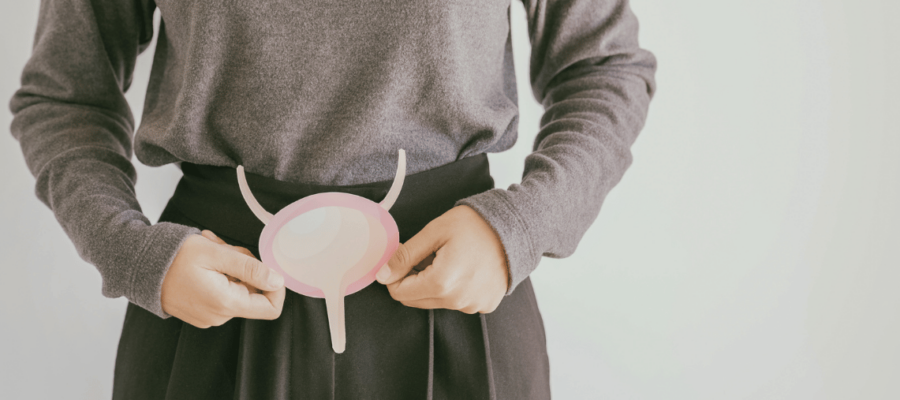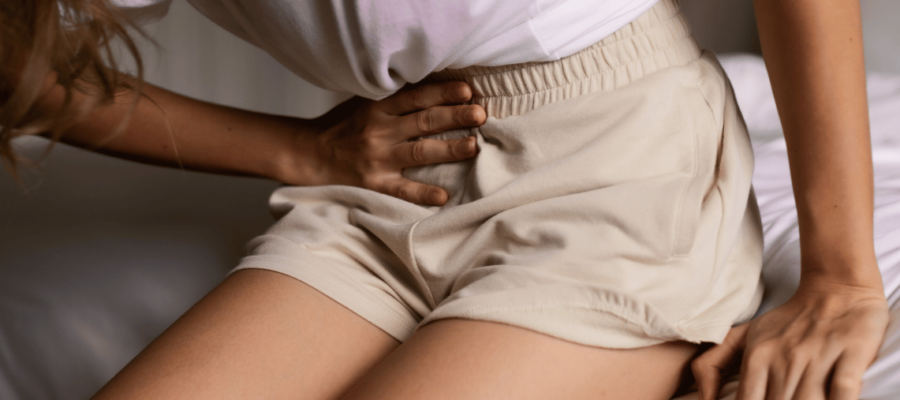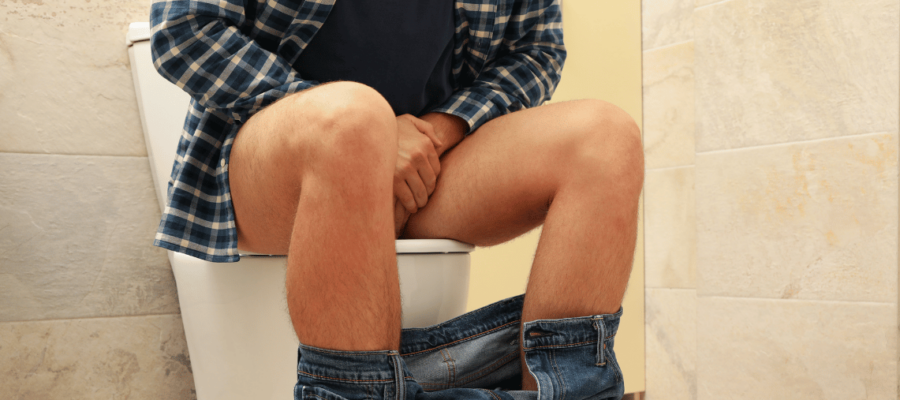Overcoming unwanted urine leakage: A comprehensive guide for women
Unwanted urine leakage is a common concern among women aged 40 and above, often leading them to rely on pads for comfort. However, this issue can be effectively addressed in most cases, offering hope for a better quality of life.
Is urine leakage really normal?
Incontinence affects a significant number of women, with estimates ranging from one-third to half of the female population. The exact figures are obscured by the stigma surrounding the topic. An urologist in Europe, emphasizes that the problem is prevalent, particularly among younger women. While the issue might go unnoticed in most situations, it becomes evident during activities like laughing, coughing, or engaging in physical play. He clarifies that incontinence is not a natural condition for women of any age, despite misconceptions perpetuated by the industry.
Beyond dependence on pads
Whether fueled by shame or marketing, many women resort to managing the issue with pads or liners, mistakenly believing it’s an unavoidable part of life. However, the solution lies in strengthening the pelvic floor muscles through physiotherapy. The urologist emphasizes that pelvic floor exercises can prevent or alleviate incontinence. While training these muscles might be challenging due to their hidden nature, studies reveal that one in three women is unaware of how to properly engage them. Pelvic floor therapy, conducted by a trained therapist, offers tailored exercises, guidance, and lifestyle advice. Remarkably, up to 70% of patients experiencing stress-related leakage during physical activities benefit from this therapy, often achieving positive results after just one session.
Optimal urination habits
The pelvic floor muscles play a pivotal role in abdominal stability. He explains the importance of exhaling during heavy lifting to shift pressure upwards, minimizing strain on these muscles. Equally crucial is learning the correct way to urinate. Incorrect habits, like pushing with the abdominal muscles, can strain the pelvic floor. He suggests a unique approach: whistling while urinating. This maintains abdominal pressure without triggering unnecessary pelvic floor contractions.
Unraveling the causes of incontinence
Incontinence arises from various factors, with stress or effort-related incontinence and urgency-related incontinence being the most common. The urologist clarifies that stress incontinence isn’t linked to psychological stress but rather to physical pressure exerted on the abdomen during activities like jumping, running, coughing, laughing, or sneezing. Factors like pregnancy and childbirth can weaken the pelvic floor muscles’ ability to resist this pressure, leading to incontinence. On the other hand, urgency-related incontinence stems from an overactive bladder triggering sudden urges to urinate.
Progression with age
While childbirth and vaginal deliveries undoubtedly strain the pelvic floor muscles, other factors like chronic constipation, smoking-induced persistent coughing, obesity, and physically demanding jobs contribute to weakening these muscles, leading to leakage. Interestingly, long-term incontinence can worsen over time, resulting in mixed types of incontinence. Aging further exacerbates this effect as supportive tissues weaken, contributing to a diminished ability to control urination.
Is incontinence exclusive to women?
Involuntary urine leakage is often seen as a problem unique to women, but men can also experience it. He highlights that overactive bladders are equally prevalent in both genders. Men might experience urges to urinate but can better control them due to their prostate. Stress-related leakage might occur in men with neurological conditions or after prostate surgery due to cancer. Research even reveals a surprising statistic: one in three elite athletes, encompassing both male (15%) and female (45%) participants, report urinary leakage during intense activities.
The connection with bowel function
The pelvic floor is integral to both urinary and bowel functions. As such, incontinence and fecal incontinence often coexist. The urologist points out that this dual effect can profoundly impact patients’ lives, causing them to withdraw from social activities and intimacy.
Exploring solutions
Ancient Chinese medicine recognized a condition called ‘weak kidney energy,’ which closely resembles modern-day incontinence. The urologist discusses alternative treatments like ankle acupuncture and neurostimulation. The latter involves stimulating the ankle nerve to influence bladder behavior. While some treatments show promise, the Amber-UI stands out as a potential solution. Developed by the University of Oxford, UAntwerpen, and UZA, it’s an implant that senses and interprets patient signals, stimulating the pelvic floor for better control. Initial studies have shown encouraging results, offering hope for improved quality of life for patients who previously had limited options
Unwanted urine leakage doesn’t need to be a lifelong struggle for women. By dispelling myths, embracing physiotherapy, and exploring innovative treatments, women can regain control and enjoy life without the limitations of incontinence. Remember, seeking professional advice is crucial for tailored solutions to address individual needs. Find out more about the incontinence products of Dailee.
















